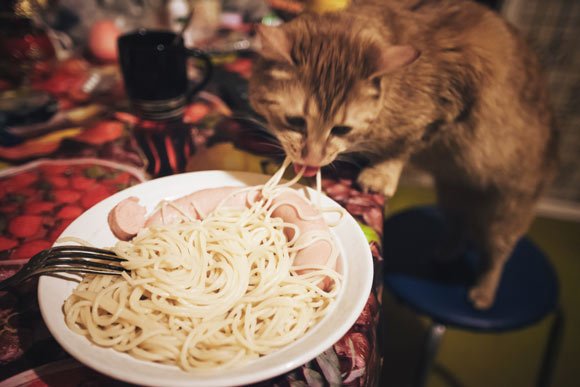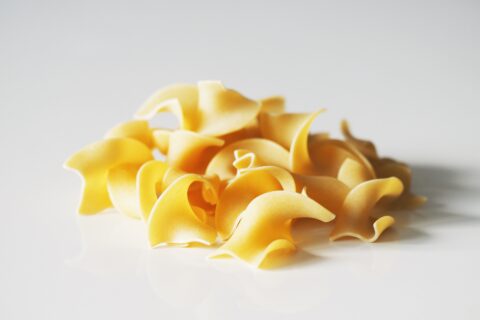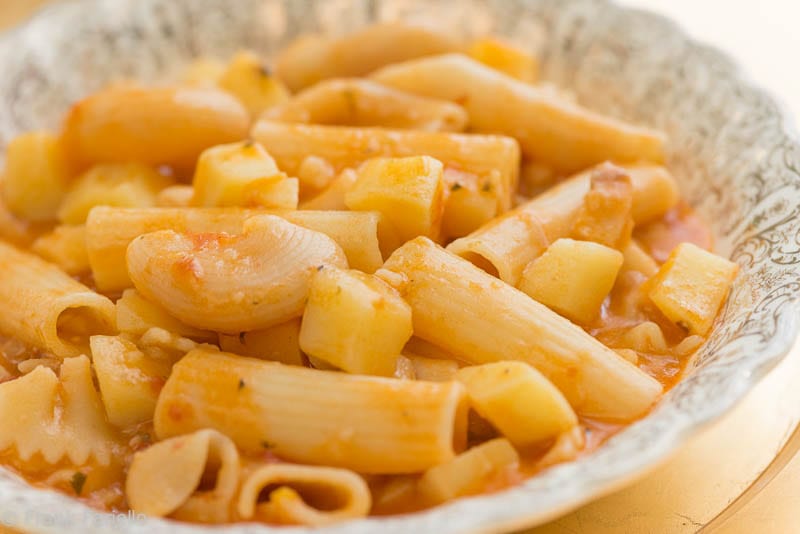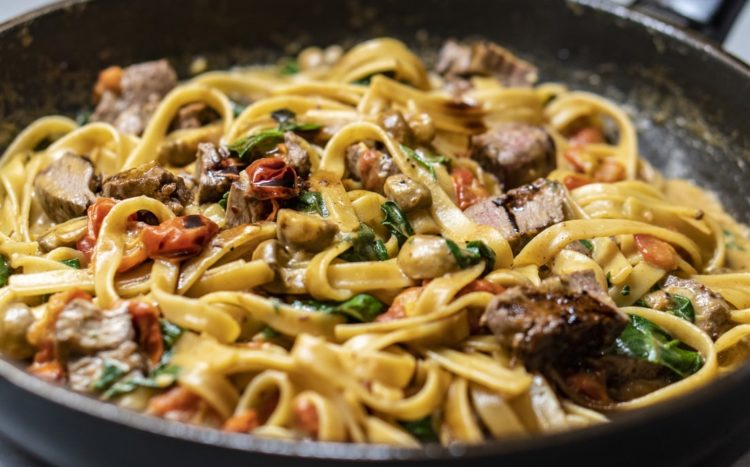You are here because you probably already have a cat or want to have one soon. Cats are the second most popular pets. Fish is the most popular of them all. Cats are furry and soft and are loved and adored by millions of people across the globe.
Some Facts about Cats!
Cats belong to the family of Felidae. The Felidae houses animals from domestic cats to tigers. On a 24-hour day, cats can sleep up to 12 –16 hours, meaning they sleep for as much as half the day and the other half playing around and carrying about their usual activities. Cats can live from 2 to 16 years. Cats have good night vision enabling them to see efficiently in dark environments. These furballs can hear sounds that range outside the frequency humans can perceive. This means that cats can hear low-pitched as well as high-pitched sounds in their surroundings.
Cats in Ancient Egypt!

During my research for this article, I came across this amazing finding. In ancient Egypt, cats were domesticated and treated with royalty so much so that affluent people would have their cats adorned with jewelry, and when their cats passed away, they would mummify the body of the cat. The reason behind this such royal treatment was that people believed that cats would bring good luck to the house where they were taken care of.
In the past, the average lifespan of cats used to be around 7 years. It has been observed that cats who have been spayed or neutered live longer than those who have been not. The reason for the increased life span in spayed or neutered cats lies in the fact that with testicles or ovaries removed, the cats cannot get cancers of these specific organs.
What Does Your Cat Like to Eat?

Cats, especially kittens, love to play. They also prepare themselves for hunting their predators. This requires a lot of energy. Cats love to eat a high protein diet. Cats eat fish, meat, and poultry leftovers. In addition to this, some owners supplement their feline diet with vitamins and supplements. Means containing soybeans can be beneficial for your cat’s health too since soybeans are protein-rich (accounting for 72% protein) and low in fat (only 30%). Cats can develop diarrhea from milk since cats are intolerant to lactose. Milk from cows should be avoided for cats since it contains high-fat content.
Since we are talking about the diet of cats, it makes me wonder if my cat can eat foods that I eat? Let’s take, for example, pasta. Before that, let us explore the nutritional content of pasta.
What is Pasta made of?

Pasta is made from wheat flour and water (or it can be eggs too). This dough is then arranged in sheets and different shapes as needed. It is later on boiled or baked depending on the recipe.
Carbohydrates and proteins: Pasta is high in carbohydrates and low in proteins. In a 100 grams serving of pasta, carbohydrates make up 25mg, and proteins make up around 5g.
- Carbohydrates are an important and primary source of energy in most organisms. It is the carbohydrates that are broken down to supply energy to the body. A cat who is pregnant or nursing her kittens needs an ample amount of carbohydrates.
- Proteins serve as the main fuel for cats since they break down proteins into amino acids that fuel the metabolic processes needed to maintain muscle mass and other bodily functions of a cat.
Cholesterol: Pasta serves as an important source of cholesterol as well.
Potassium: Potassium in pasta accounts for 24mg in 100g serving. Potassium is essential to maintain the electrolyte balance in blood and tissues thereby helping the feline perform muscle activity and other metabolic functions that have potassium as their integral component such as at the level of cell membranes which are widespread throughout the feline’s body as well as human’s.
Iron and magnesium: Iron and magnesium are also found in pasta at 6% and 4% respectively.
- Iron forms a part of hemoglobin, a protein that carries oxygen, and tissues require oxygen for normal and healthy functioning. Commonly, anemias are due to iron deficiency but there could be other causes as well.
- Magnesium plays a crucial role on a cellular level. It carries out the functions of an enzyme and is also involved in the growth and maintenance of teeth and bones.
can cats eat pasta?

A diet solely containing pasta can cause hypovitaminosis as pasta lacks vitamin A, vitamin C, vitamin D, and Vitamin B6. All these vitamins are essential for maintaining the vital molecular functions inside the body although unlike humans’ cats can produce vitamin C and hence are not dependent on an external source. In contrast, vitamin D is produced in humans through sunlight exposure on the skin, but since cats are covered in fur, they cannot synthesize vitamin D inside their bodies and hence need an external (dietary) source to fulfill their vitamin D requirement.
Coming back to the question, whether cats can eat pasta or not, and the answer is yes. When it comes to pasta, humans, and cats can eat it alike. Since the ingredients of the pasta include wheat flour, eggs, or water, the digestive system of cats is okay with it. So next time when you are making pasta, feel safe to give some to your cat as well.
Conclusion:
Humans have found a wonderful friend in cats – soft, furry, and cute creatures! The playful nature of kittens makes them super adorable to cuddle and play with. It’s strange how these furry little creatures belong to the same class as the ferocious tiger. Over the years, the lifespan of a cat has increased thanks to spaying and neutering. Pasta is safe for cats. It doesn’t go hard on their tummies and doesn’t cause any discomfort. For pregnant or nursing cats, pasta may prove to be beneficial.
Hope you liked the article and let us know if you have any queries. Good luck!
